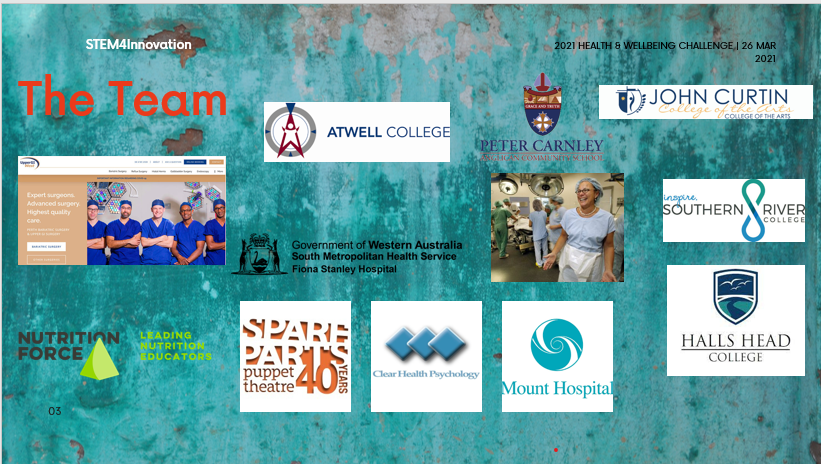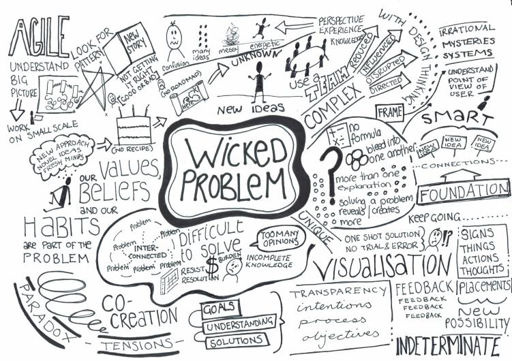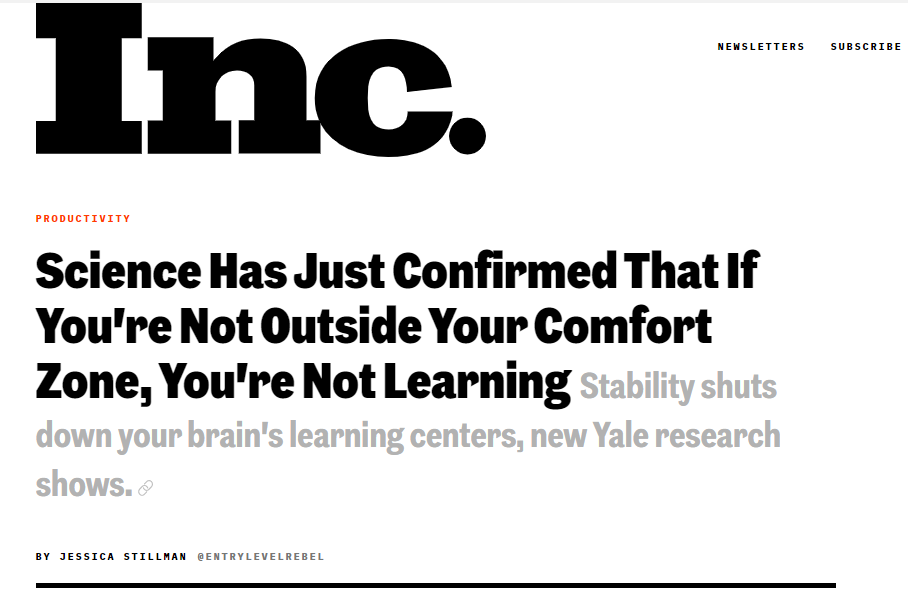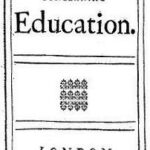I recently read with interest an article titled “The Messy and Unpredictable Classroom”. I was struck by the overlaps between the qualities of the messy and unpredictable classroom and the type of challenge-based learning I use across my classes.
The consensus is that creating ambiguity for students to work through is essential to their development of critical and creative thinking and problem-solving skills. Students may want knowledge presented to them in nicely wrapped packages, and we may feel like we are rightly attending to their needs when we offer this. However, the best gift we can give our students is the ability to question, to discover, and to learn to learn. Presenting students with messiness and unpredictability in a pedagogically-sound way can make that happen. Ultimately, what they (and we) need is “a little rattling of the cage.” (Howard Doughty, Seneca College of Applied Arts and Technology)
Lee Watanabe-Crockett considered this to some extent in his article about messiness as a factor in developing critical thinking – echoing some of the discussion from Edutopia on Embracing Messy Learning. John Larmer from Buck Institute sheds a little more light on things in his PDB-XBL piece at Edutopia – I conncted with John in his offering about PBL during Remote K-12 earlier this year:

The engagement with wicked problems is one of the foundational elements of many of the challenges offered to students. I like the characteristics cited in Euphemia Wong’s article at Interaction Design:
10 Characteristics of a Wicked Problem
As you can see, we need to dig deeper to understand the essence of wicked problems. Horst W.J. Rittel and Melvin M. Webber, professors of design and urban planning at the University of California at Berkeley, first coined the term wicked problem in “Dilemmas in a General Theory of Planning” (1973). In the paper, they detail ten important characteristics that describe a wicked problem:
- There is no definitive formula for a wicked problem.
- Wicked problems have no stopping rule—there’s no way to know whether your solution is final.
- Solutions to wicked problems are not true or false; they can only be good or bad.
- You cannot immediately test a solution to a wicked problem.
- Every solution to a wicked problem is a “one-shot operation” because there is no opportunity to learn by trial and error—every attempt counts significantly.
- Wicked problems do not have a set number of potential solutions.
- Every wicked problem is essentially unique.
- Every wicked problem can be considered a symptom of another problem.
- There is always more than one explanation for a wicked problem because the explanations vary greatly depending on the individual’s perspective.
- The planner/designer has no right to be wrong and must be fully responsible for their actions.
I recall some recent reading where Yale neuroscience researchers have found evidence to support the need for uncertainty – that we need to be outside our comfort zone – for learning to occur:
“We only learn when there is uncertainty, and that is a good thing,” said Daeyeol Lee, Yale’s Dorys McConnell Duberg Professor of Neuroscience and professor of psychology and psychiatry. “We really don’t want to be learning all the time.”
Lee and Yale colleagues presented monkeys with tasks where outcome probability was either constant or fluctuating and detected fundamental differences in brain activity during those two conditions, they report July 19 in the journal Neuron. (from Yale News)
The basic premise is, and was something that my preservice educators impressed upon me – in a classroom, never ask a question when you already know the answer – this played out throughout my entire career as a Drama educator, and was especially evident and obvious when improvisation was the mechanism at play. But every role-based engagement drew upon unpredictability and fluctuation as primary drivers for learning.
The challenge-based approaches I’m facilitating across my 14 classes of Year 7-10 are all reflecting this basic premise – the certainties in place are the rudiments of the outputs required (written, verbal, and video presentation of the problem, the process, and the proposed solution/s) – the broad dimensions of each year’s challenge are defined sometimes by me, and sometimes by the context – Years 7 and 10 are loosely directed towards the UN Sustainable Development Goals as a broad unifying, and universal umbrella. The differentiators are that Year 7s are aiming at presenting work in the Game Changer Awards, while Year 10s are focussed on Curtin University’s Balance of the Planet, and, for a few groups who’ve picked up the challenge, the MIT Solve program.
Working groups are, ideally, formed based on common interests in some aspects of the challenge (which may be a context for the application of skills and capabilities) – although as is typical in high school settings it can often be that students begin by maintaining their social groupings. When this occurs the uncertainty principle often plays out in different ways – students often discover that their ability to meaningfully engage with a task is compromised – I regularly advise students that if failure is the lesson they need to make changes I will allow them to have that lesson. The domain is seldom exclusively curriculum-linked – it’s often student-focussed as they find the need for new dimensions to their own capabilities.
Other classes have different focal points to begin their projects – the Year 8s are aiming at “school improvement” as a broad umbrella – this has been an interesting exercise to date as they have critically considered many different elements of their schooling – what’s tended to become a focus in most groups are environmental factors that impact on students’ experience of school – some are looking at car parking and vehicle movements at peak times, facilities to improve levels of physical activity outside class times, more efficient transitions to offsite spaces, and playground needs for junior schools. A couple of groups have targetted concerns like sun protection and the welfare of nearby Qenda habitat.
The Year 9 classes are working through the STEM4Innovation program, that I codeveloped in 2020. The initial challenge is the Hospital Immersion Challenge (open to any school to use) that sees them identifying issues raised by the spectre of COVID-19 impacts in hospital operating theatres in WA (and by extension, globally) – this connects with a range of SDGs including Goal 3: Good Health and Wellbeing.
The principles involved here are also reflected in the suggested readings for the Purposeful Pedagogies program – Kath Murdoch’s work and the materials emerging from Project Zero state these in similar ways. I am cognizant of the inherent malpractice in trying to formularise the guidelines they offer – to do is to reintroduce predictability.
The next phase in STEM4Innovation is predicated on a rich ecosystem of collaborative engagement within and between schools, and across several sectors of Health, Government, and industry. I like to think that this is an expression of SDG #17: Global Partnerships for the Goals in action.








